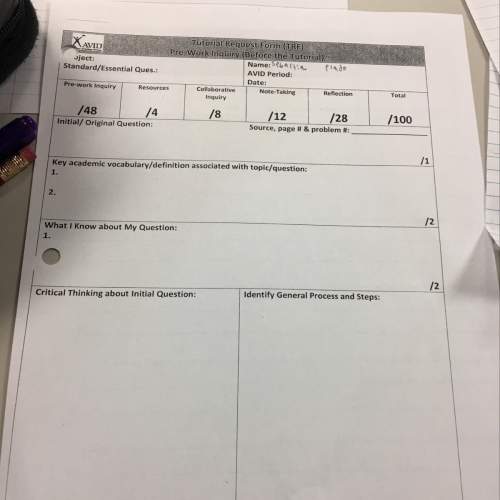
Mathematics, 23.07.2019 12:30 joujousis
The population of a city in 2009 was 34,000. by 2014, the city's population had grown to 46,400 people. assume that the population of the city has grown linearly since 2009 and that it will continue to grow this way. what will the population be in 2019. show your work.

Answers: 1


Another question on Mathematics

Mathematics, 21.06.2019 12:30
Suppose there are 10 five and six-year-old attending a birthday party. when a 30 year old mother walks into the room with an infant in her arms, what happens to the mean age in the room? what happens to the standard deviation of ages in the room? a. the mean and standard deviation of both change. b. the meaning will change, but the standard deviation will stay approximately the same. c. i mean will stay approximately the same, but the standard deviation will change. d. the mean and standard deviation will both stay approximately the same.
Answers: 1

Mathematics, 21.06.2019 15:10
Drag each sequence of transformations to the correct location on the table. classify the sequences of transformations based on whether or not they prove the congruency of the shapes by mapping shape i onto shape ii. plz i'll rate u 5 stars need this done for a mastery test
Answers: 1

Mathematics, 21.06.2019 15:30
Complete the standard form of the equation that represents the quadratic relationship displayed above, where a, b, and c are rational numbers.
Answers: 1

Mathematics, 22.06.2019 00:00
Ascientist studied a population of workers to determine whether verbal praise and/or tangible rewards affect employee productivity. in the study, some workers were offered verbal praise, some were offered tangible rewards (gift cards, presents, and some were offered neither. the productivity of each participant was measured throughout the study by recording the number of daily tasks completed by each employee. which inference might the scientists make based on the given information? a.) the number of daily tasks completed by each employee may influence the dependent variable, which is whether the employee receives verbal praise, tangible rewards, or neither. b.) verbal praise and/or tangible rewards may influence the independent variable, which is the number of daily tasks completed by each employee. c.) verbal praise and/or tangible rewards may influence the dependent variable, which is the number of daily tasks completed by each employee. d.) the dependent variables, which are verbal praise and tangible rewards, may influence the number of daily tasks completed by each employee.
Answers: 1
You know the right answer?
The population of a city in 2009 was 34,000. by 2014, the city's population had grown to 46,400 peop...
Questions


Mathematics, 25.06.2019 14:00

Social Studies, 25.06.2019 14:00

History, 25.06.2019 14:00


Social Studies, 25.06.2019 14:00




Mathematics, 25.06.2019 14:00




Chemistry, 25.06.2019 14:00

Business, 25.06.2019 14:00


Biology, 25.06.2019 14:00






